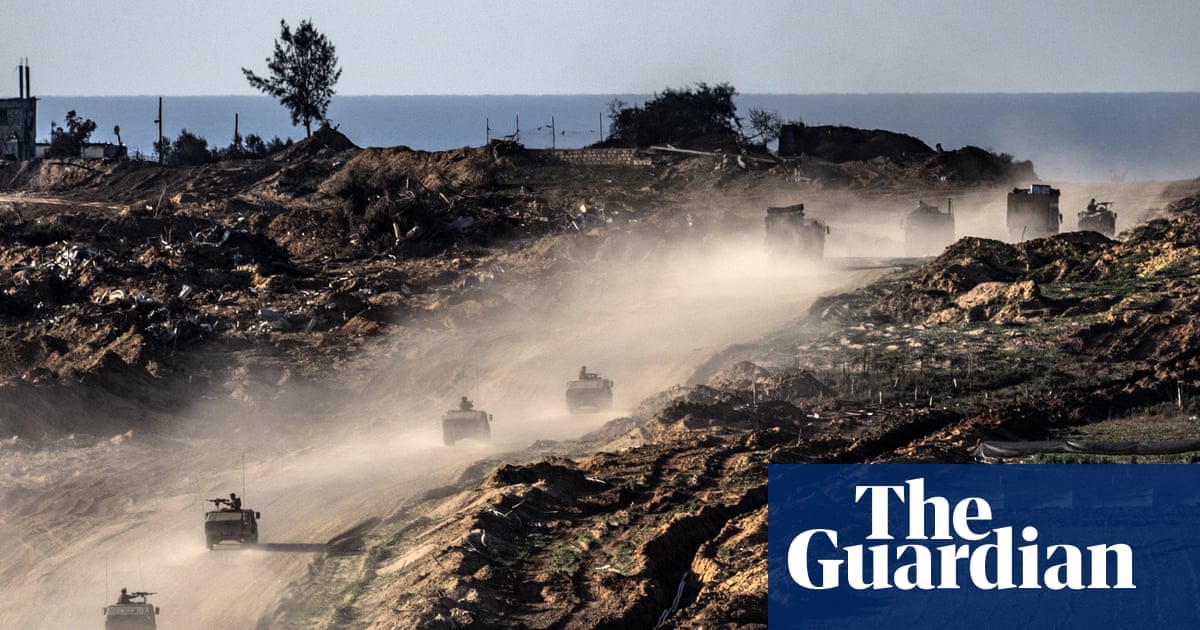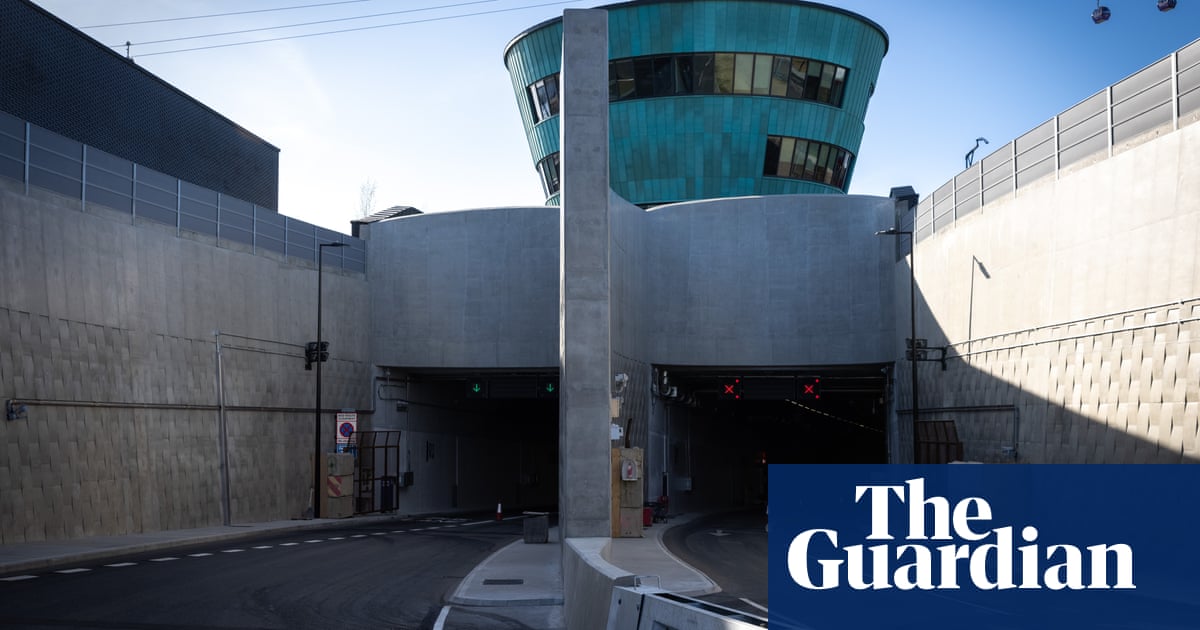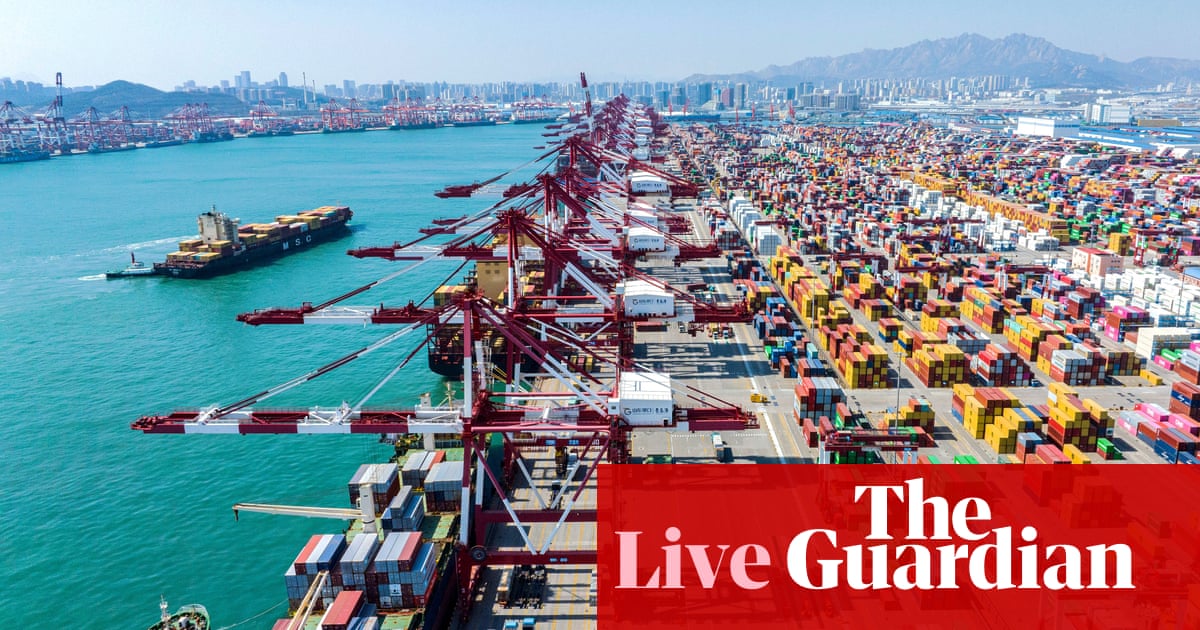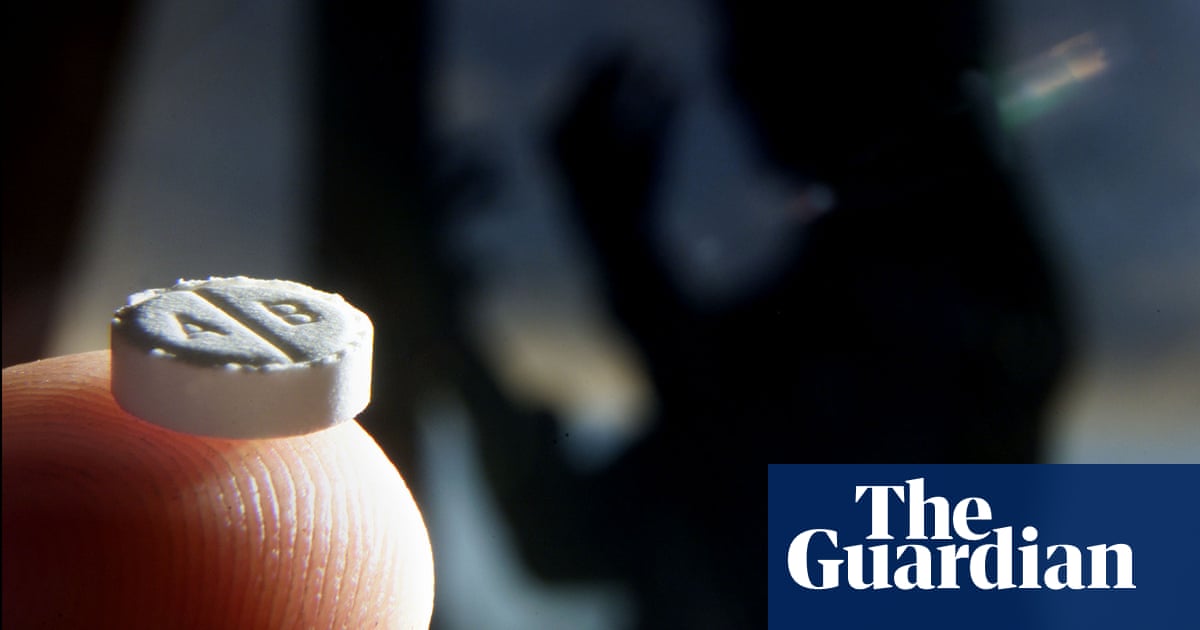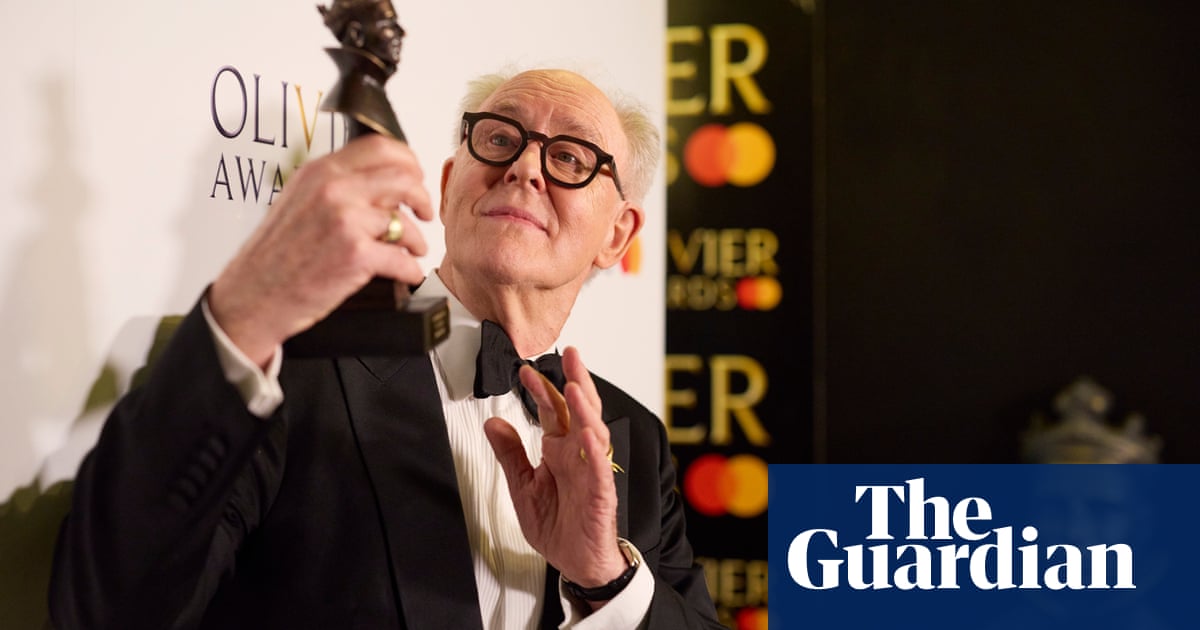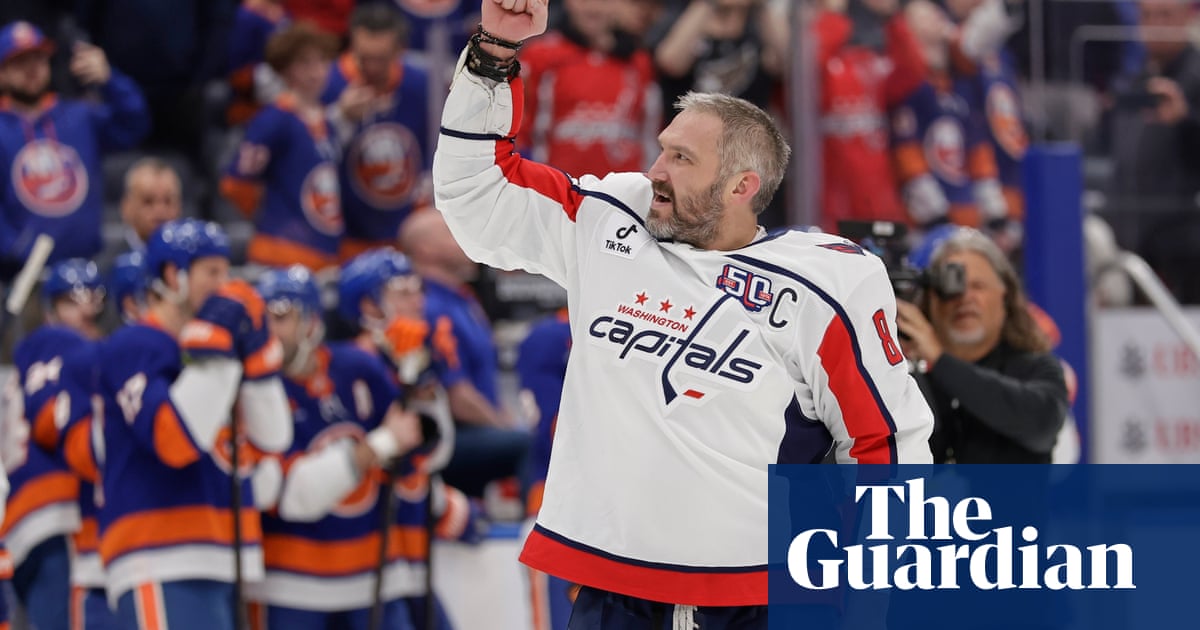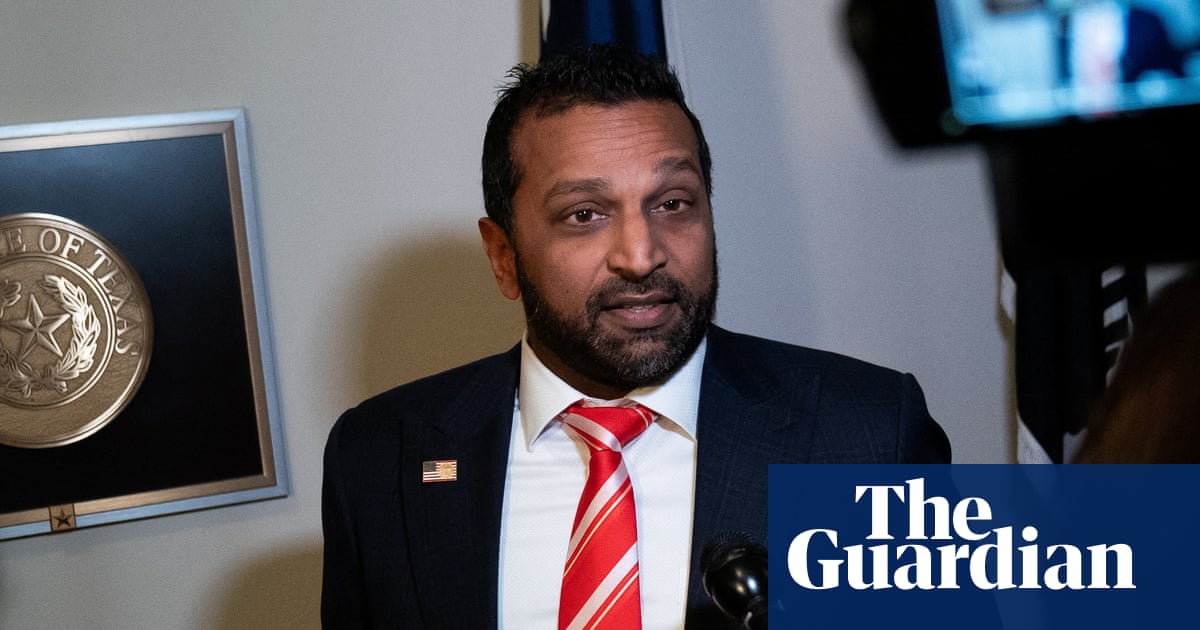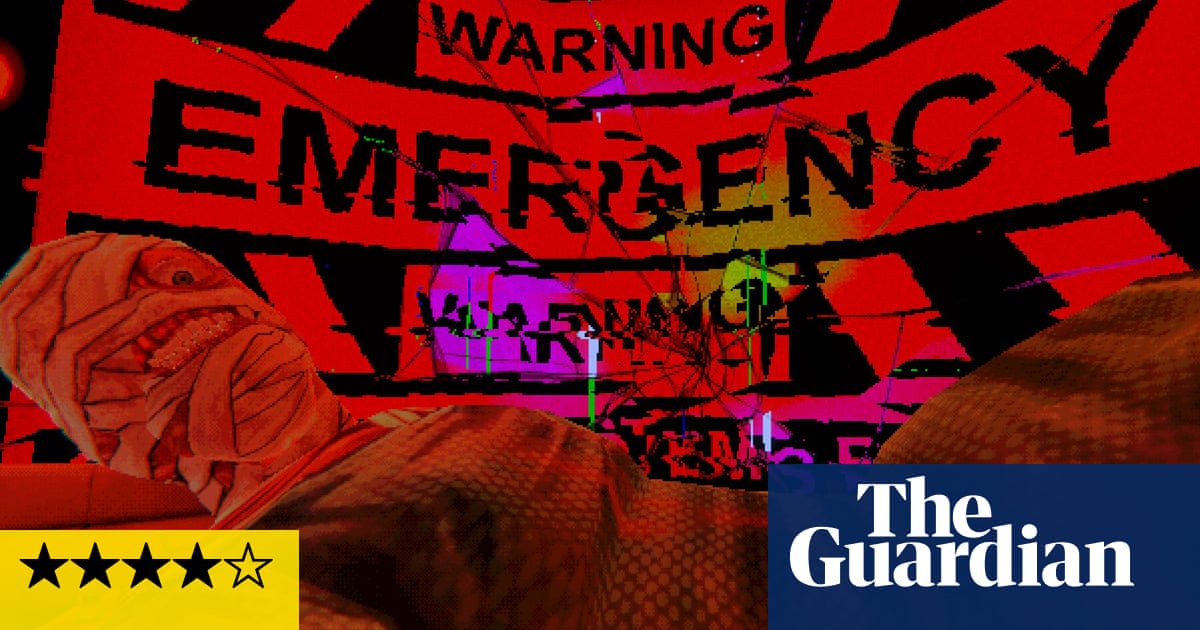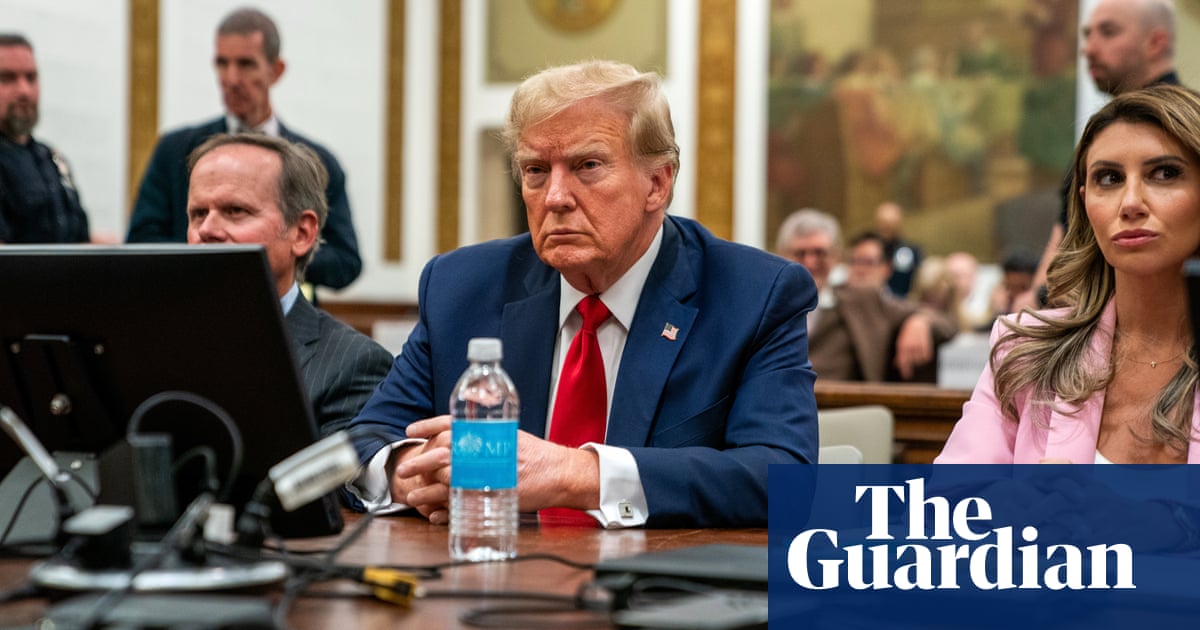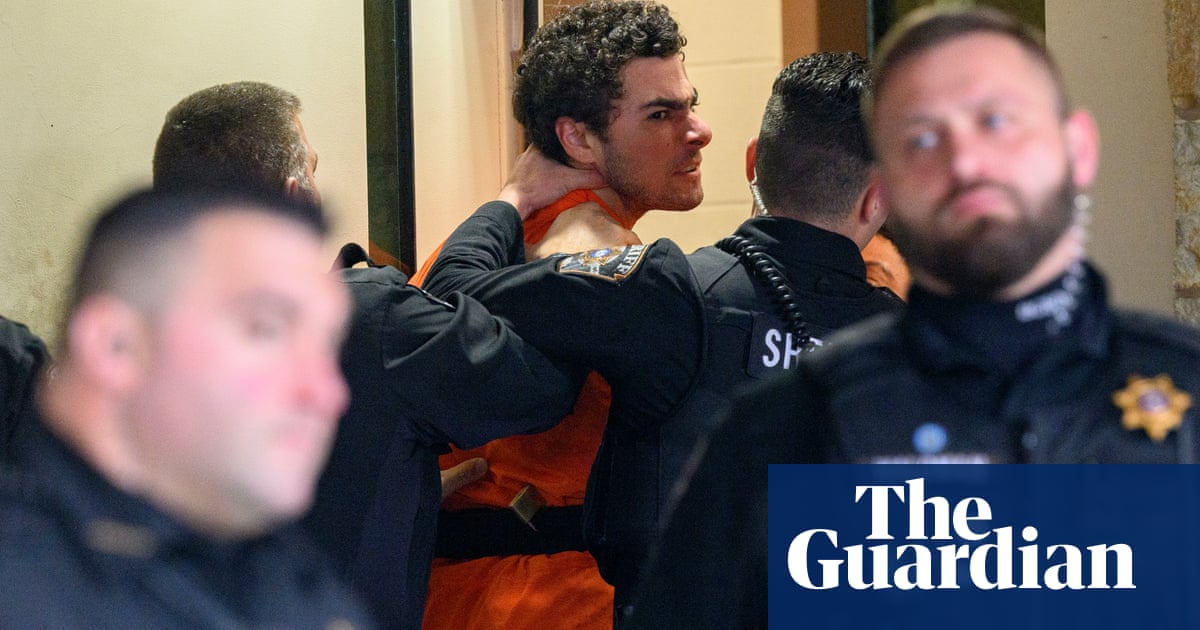Kirill Dmitriev’s meetings with US officials in the White House last week went largely below the radar. And deliberately so.
The dapper investment envoy to Russian president Vladimir Putin, who also serves as a key negotiator for Moscow on Ukraine, posted an image of his flight plan on social media to make the point that a senior sanctioned Russian official was being welcomed by the Trump administration. Otherwise, details of what was discussed remain opaque.
The most senior Russian official to visit the US since Moscow’s invasion of Ukraine in 2022, Dmitriev – a member of Putin’s closest inner circle – is well cast to appeal to Trump and an administration whose world view is crudely transactional.
The head of Russia’s $10bn sovereign wealth fund, Dmitriev was born in Kyiv during the Soviet era and US-educated, including spending time at Stanford and Harvard Business School.
Crucially, it is Dmitriev who has been tasked by Putin with keeping Donald Trump onside amid the US president’s self-described anger with Russia over the status of a US mediated “ceasefire” that exists largely in name only amid continuing attacks.
All of which, said Dmitriev last week – conforming to a familiar Kremlin playbook – was the fault of everyone but Russia .
“Today,” Dmitriev wrote on Telegram on Thursday, “numerous forces interested in maintaining tension stand in the way of restoring constructive cooperation.
“These forces are deliberately distorting Russia’s position, trying to disrupt any steps towards dialogue, sparing neither money nor resources for this.”
There was little mystery over who he meant by those “forces”: Ukraine and its European allies, some of whose frustration with Russia spilled over into the open on Friday.

“Our judgment is that Putin continues to obfuscate, continues to drag his feet,” the British foreign secretary, David Lammy, told reporters at Nato headquarters, describing the “ceasefire” and continuing negotiations. He added that while Putin should be accepting a genuine ceasefire, “he continues to bombard Ukraine. Its civilian population. Its energy supplies. We see you, Vladimir Putin. We know what you are doing.”
Lammy’s comments reflect a widening consensus that the Trump mediated “ceasefire” announced last month – a very partial arrangement at best – has rapidly deflated as it has encountered the reality of a Kremlin that seems determined to continue fighting.
What limited optimism existed in some quarters in Ukraine that talks might lead to a meaningful track to peace have long since evaporated to be replaced by fears that Russia might be preparing a major new offensive for the spring and summer months.
Envisioned as a short-term arrangement covering only a small part of the conflict, it encouraged both sides to refrain from strikes on energy and other civil infrastructure, and in the Black Sea maritime theatre, leaving the war to rage on unchecked along the vast, snaking main line of contact in eastern Ukraine.
And of those two issues, strikes on energy infrastructure have been the most significant, with both sides accusing the other of breaches of the agreement over energy sites.
As experts have noted, the commitments in Jeddah, Saudi Arabia, were not only vague but lacked a mechanism to verify and enforce a truce.
“There’s no ceasefire,” observes Phillips O’Brien, a professor of strategic studies at the university of St Andrews.
“Attacks are ongoing on energy sites, and the Black Sea part of the deal is small beer. A real ceasefire would mean there was no fighting along the line of the contact.”
Instead, O’Brien interprets the positive tenor of statements that emerged from Jeddah and subsequently as being as much about Kyiv and Moscow protecting their positions with Trump than marking any real progress towards peace.
“Russia didn’t want to go against Trump openly. Diplomatically it would be foolish to say they don’t want a ceasefire, so they go along with the pretence, not least the Kremlin, which still believes there are gains to be made on the battlefield,” O’Brien said.
Orysia Lutsevych, the head of the Ukraine Forum at the Chatham House thinktank, is equally forthright: “We have no ceasefire. Period. And we have no commitment from Russia as they put conditions on even the partial ceasefire in the western part of the Black Sea, conditioning it on sanctions relief, including from EU banking sanctions.
“The Russian offer to America is ‘stop wasting money on a war Ukraine can’t win so let’s make money together’. And as part of that push they will try to put the blame on Ukraine for being obstructive.
“The Americans have not approached these talks from the point of view of [them being verifiable] and implementable, or in the knowledge of Russia’s history of violations. What is striking is how they have already brought Putin in from the cold without Russia making any gesture of goodwill.”
after newsletter promotion
On Ukraine’s side – following Trump’s infamous ambush of the Ukrainian president, Volodymyr Zelenskyy, in the White House – the issue of being seen to be onside with a ceasefire has had a more existential impetus: continued access to US arms and intelligence, both threatened by Trump.
All of which has left Kyiv trying to dramatise Zelenskyy’s point that Trump and the US vice-president, JD Vance, spoke angrily over during the heated and on-camera White House meeting: that Russia cannot be trusted to stick to deals.
Last week saw Ukraine accuse Russian forces of shelling energy infrastructure in Kherson on the morning of 1 April, leaving at least 45,000 of its residents without electricity.
The accusations of violations on both sides have continued as Moscow’s clarification of its position over a ceasefire has made it clear that any perceived change in its stance on its demands over Ukraine was a chimera.
Last week, Sergei Ryabkov, Russia’s deputy foreign minister in charge of ties with the US, said Moscow was demanding that a precondition for a peace deal remained dealing with the “root causes” of the war.
Those “root causes” represent Moscow’s continuing maximalist position: thinly veiled demands last month calling for external parties to establish a “temporary international administration” in Ukraine under the auspices of the United Nations. Regime change, by any other name.
And Dmitriev’s role as one of Putin’s key spoilers has not gone unnoticed, as he secured an invite from Trump’s special envoy, Steve Witkoff, who appears to have been wrong footed by Putin and his inner circle at every turn.
Earlier this week the Institute for the Study of War noted Dmitriev’s comments to the BBC’s Russian Service on 30 March suggesting an impossible sequencing going forward: that “US-Russian economic cooperation should be a primary focus if the United States wants to end the war in Ukraine, but that such cooperation would only begin after the conclusion of peace negotiations”.
To that end Russian officials have been dangling the carrot of potential US-Russian rare earth mining projects to undermine Trump’s rare earths deal he has been trying to impose on Ukraine.
If Russia’s tactics seem familiar – using the auspices of a ceasefire to advance its interest militarily and diplomatically – it is, analysts point out, because they are similar to the negotiations in Minsk a decade ago and during Syria’s civil war.
And while Trump himself acknowledged on 25 March that Russia may be “dragging their feet” in peace talks to allow Russian forces to capture more territory, it appears to many observers that Trump remains more interested in courting Russia than pursuing an equitable and lasting peace.
The most important stumbling block, however, may be the one described by Richard Haass, a former US diplomat and past president of the US Council on Foreign Relations.
“The biggest question remains US policy,” wrote Haass recently. “The Trump administration has used a combination of pressure and incentives to persuade the two sides to stop fighting. But its approach has been skewed toward offering benefits to Russia while bringing heavy pressure to bear on Ukraine.”
And while some – including Zelenskyy – have suggested that Trump could bring Putin to heel within weeks if he wants to, so far there has been little evidence to suggest either urgency or a desire to act.
So the war goes on.

.png) 22 hours ago
2
22 hours ago
2


